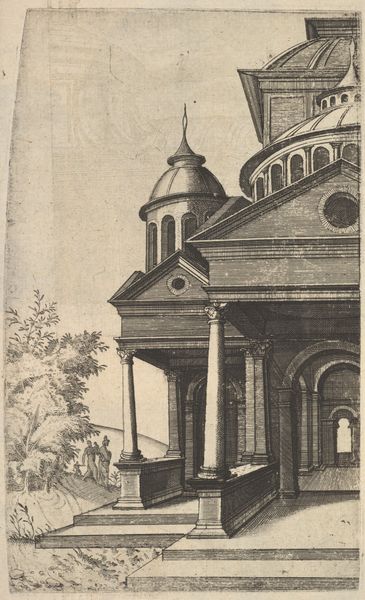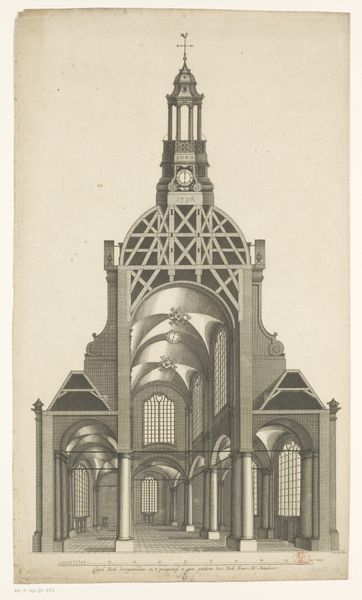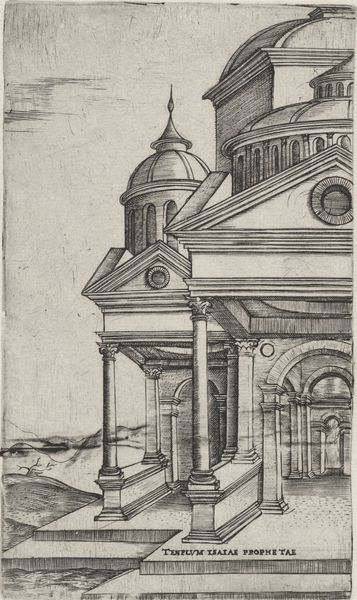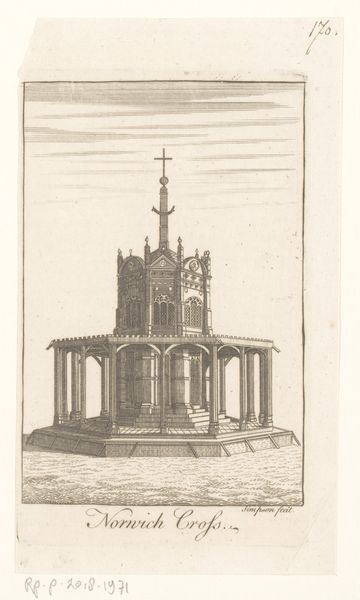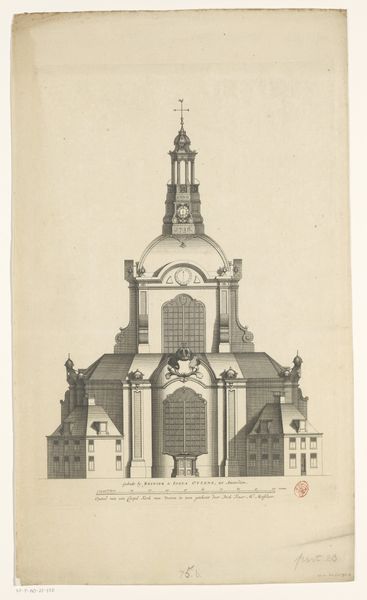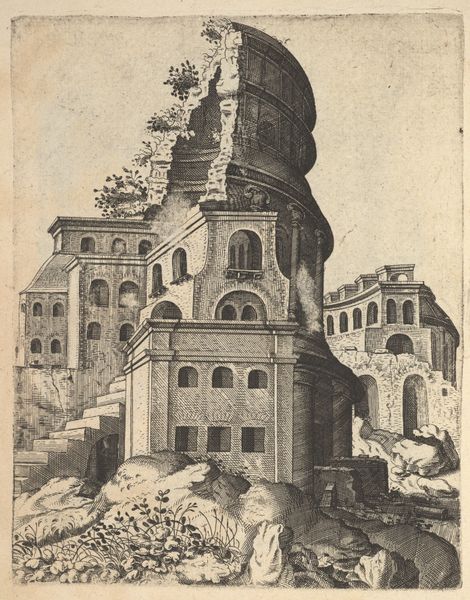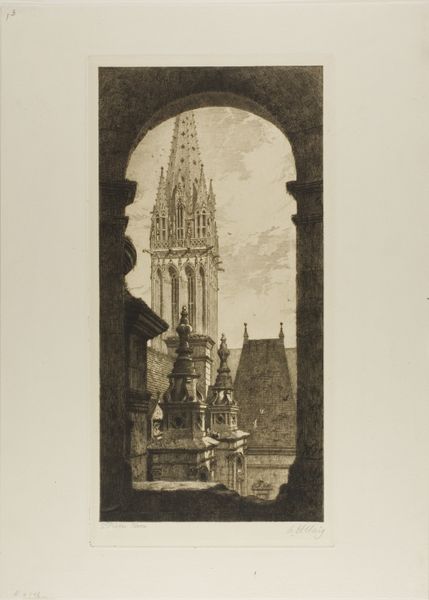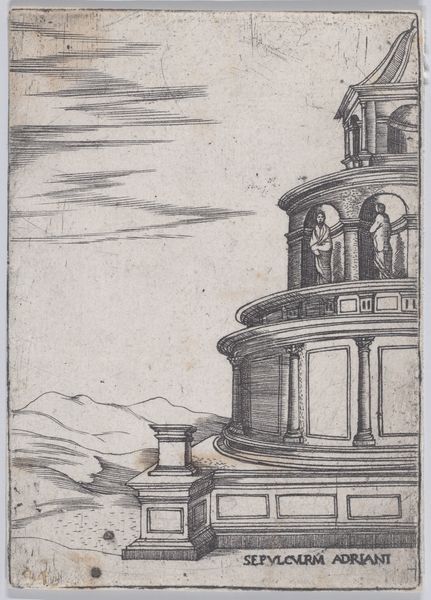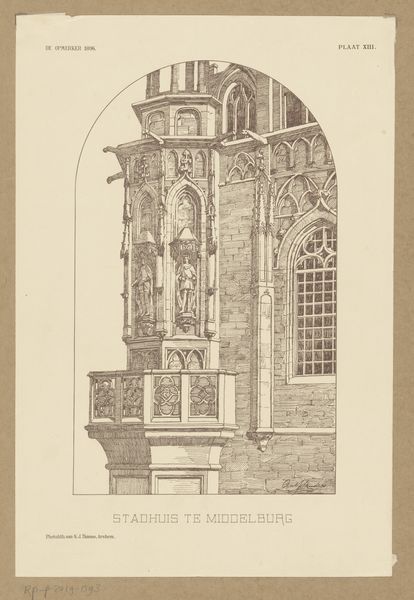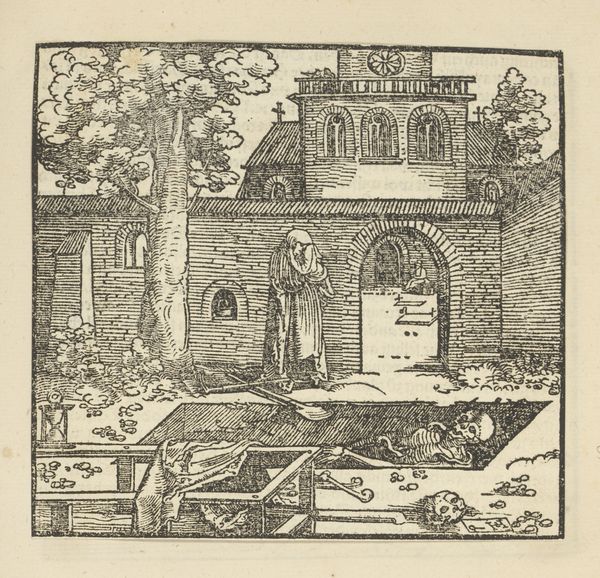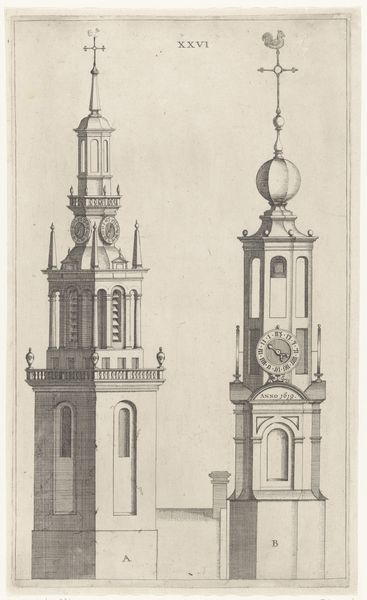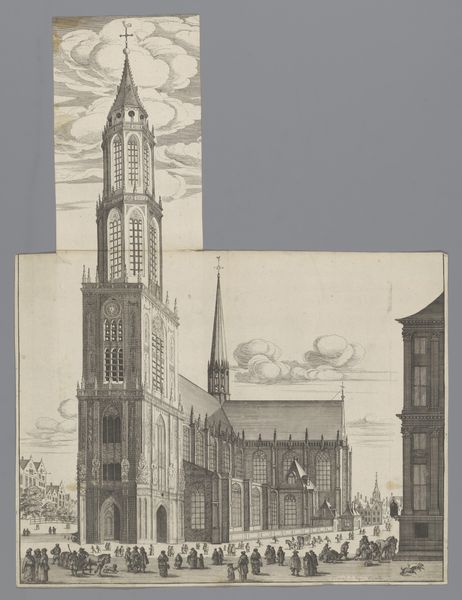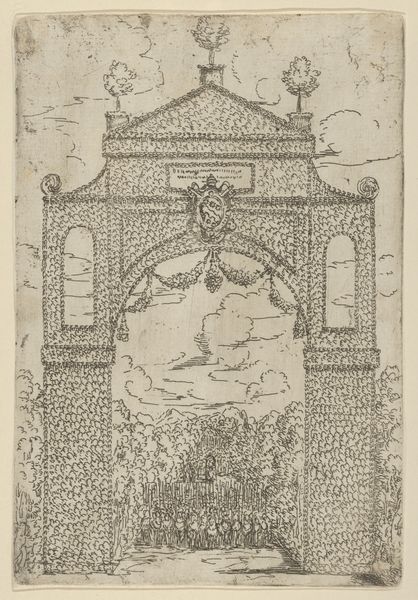
print, woodcut
# print
#
landscape
#
woodcut
#
line
#
islamic-art
#
history-painting
Dimensions: 205 mm (height) x 149 mm (width) (bladmaal)
Curator: This is "Turkish Graves," a 1576 woodcut by Melchior Lorck. The print offers a detailed view of a burial ground, a landscape infused with elements of Islamic art and history. It’s held here at the SMK, Statens Museum for Kunst. Editor: Immediately, I'm struck by the delicate linework, almost like a meticulously rendered memory. The scene feels strangely peaceful despite the subject matter. The architecture is interesting too, a mixture of angles and curves, set against that distant, almost ghostly city. Curator: It is peaceful, isn't it? Lorck's role as an envoy to the Ottoman Empire afforded him unique access. This image serves as both documentation and commentary, subtly addressing power dynamics between Europe and the Ottoman world. What do you think about his landscape work as it compares to how "history paintings" might be more idealized during this time? Editor: It’s so different. History painting aimed at idealizing. But, that seems absent here. It's fascinating to consider what his perspective might have been, experiencing a vastly different culture and needing to represent it to a European audience. This graveyard setting provides such fertile ground, literally and figuratively, for contemplating mortality across cultures. I want to meditate, light a candle, and write a sad love song near this space. Curator: Absolutely. Think of the context of the 16th century, and the anxieties surrounding cultural differences, the exotic "other." Lorck navigates that minefield, I think, offering a degree of respect in his careful rendering, while still framing the scene through a distinctly European lens. Notice his focus on the inscriptions— are they a detail of respect, or something of a curiosity, of almost a trophy to his journeys. How would he view death as something distinct and separate from how someone might see it at his home? Editor: Hmmm… food for thought! His meticulous detail reminds me of old maps – recording the unfamiliar as a form of knowing it, controlling it. I am glad that it feels more human to me. In that time and place, with so many conflicts of religious differences, that he'd be there trying to appreciate someone's history means something to me. Thank goodness we can pause here for a while today. Curator: Agreed. It is about connecting art history and contemporary dialogues on cultural representation, perhaps "Turkish Graves" provokes questions rather than offering answers. It serves as a visual prompt for pondering complex issues of identity, history, and cross-cultural understanding. Editor: Beautifully said. It's a powerful reminder that even in a place of rest, stories continue to unfold.
Comments
No comments
Be the first to comment and join the conversation on the ultimate creative platform.
